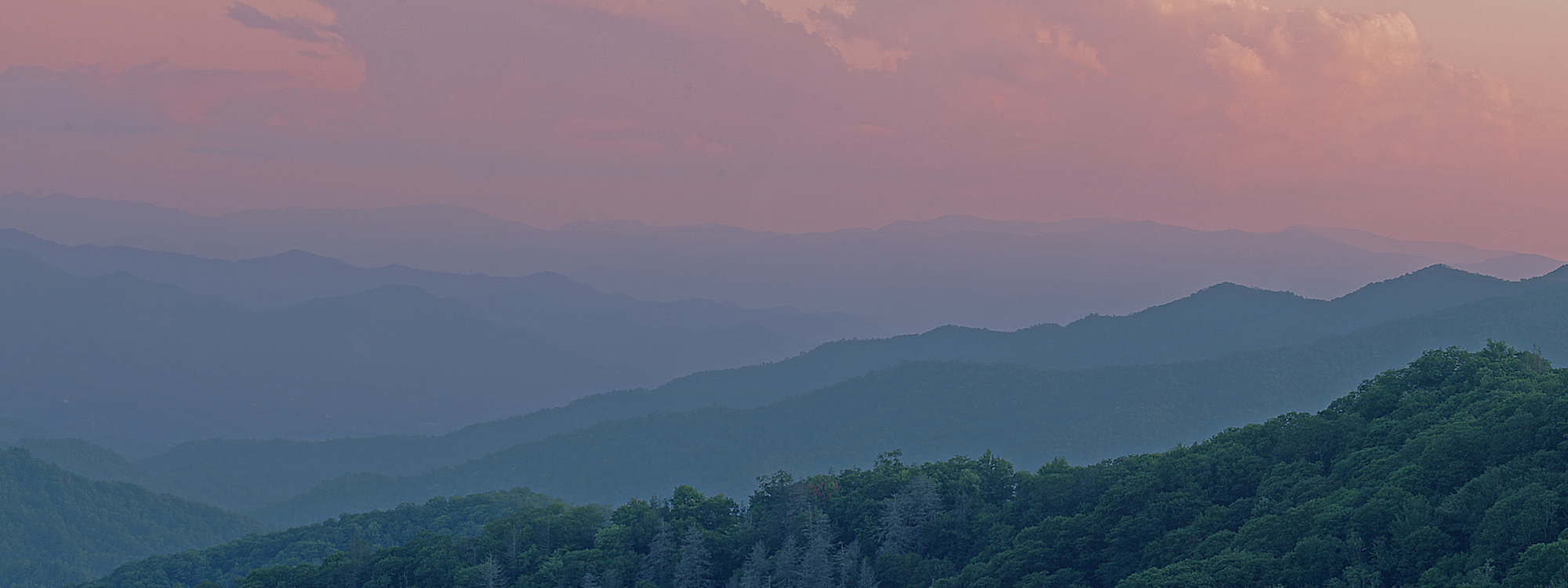M42, the Great Orion Nebula, was the first target I imaged when starting astrophotography. If you want to dip your toes into the hobby it is the first subject I would recommend. A bright
NGC2264 is the designation for an area with two astronomical objects, the Cone Nebula and the Christmas Tree Cluster. They are located in the Monoceros constellation 2,600 light years from Earth. That is 800
Approximately 1,500 light years away from the state on the West Coast is the California Nebula, NGC 1499. Discovered by E. E. Bernard in 1884, it gets its name from the similar shape to
IC1396, or the Elephant Trunk Nebula, can be found in the constellation Cepheus. This is an image I took over multiple nights in June and July. It is called the Elephant Trunk Nebula due
The constellation Cygnus boasts many great deep space objects. I have previously imaged the Eastern Veil Nebula, the Dumbbell Nebula, and the North America and Pelican Nebulae, all located in Cygnus. This image is
NGC7000, the North America Nebula, is an emission nebula in the constellation Cygnus. It received the name due to the distinctive shape resembling the North America continent. Sitting next to NGC7000 is the Pelican
Globular Clusters are collections of stars that orbit a galactic core. They are spherical in shape due to gravity tightly bounding the stars together. These star clusters are fairly common, with over 150 known
In the last post, M27: The Dumbbell, I wrote about a stars’ finite life. M27 is a planetary nebula, the result of a dying star of intermediate size. A massive star goes from star
Stars have a finite life, eventually they will end. A massive star goes from star to red supergiant, followed by a supernova. In a supernova ~75% of the star’s mass is ejected into space.
Within the constellation Virgo there are over 2000 galaxies known as the Virgo Cluster. One subgroup, near the tail of Leo, is known as Markarian’s Chain. Discovered by Armenian astrophysicist Benjamin Markarian, this string










